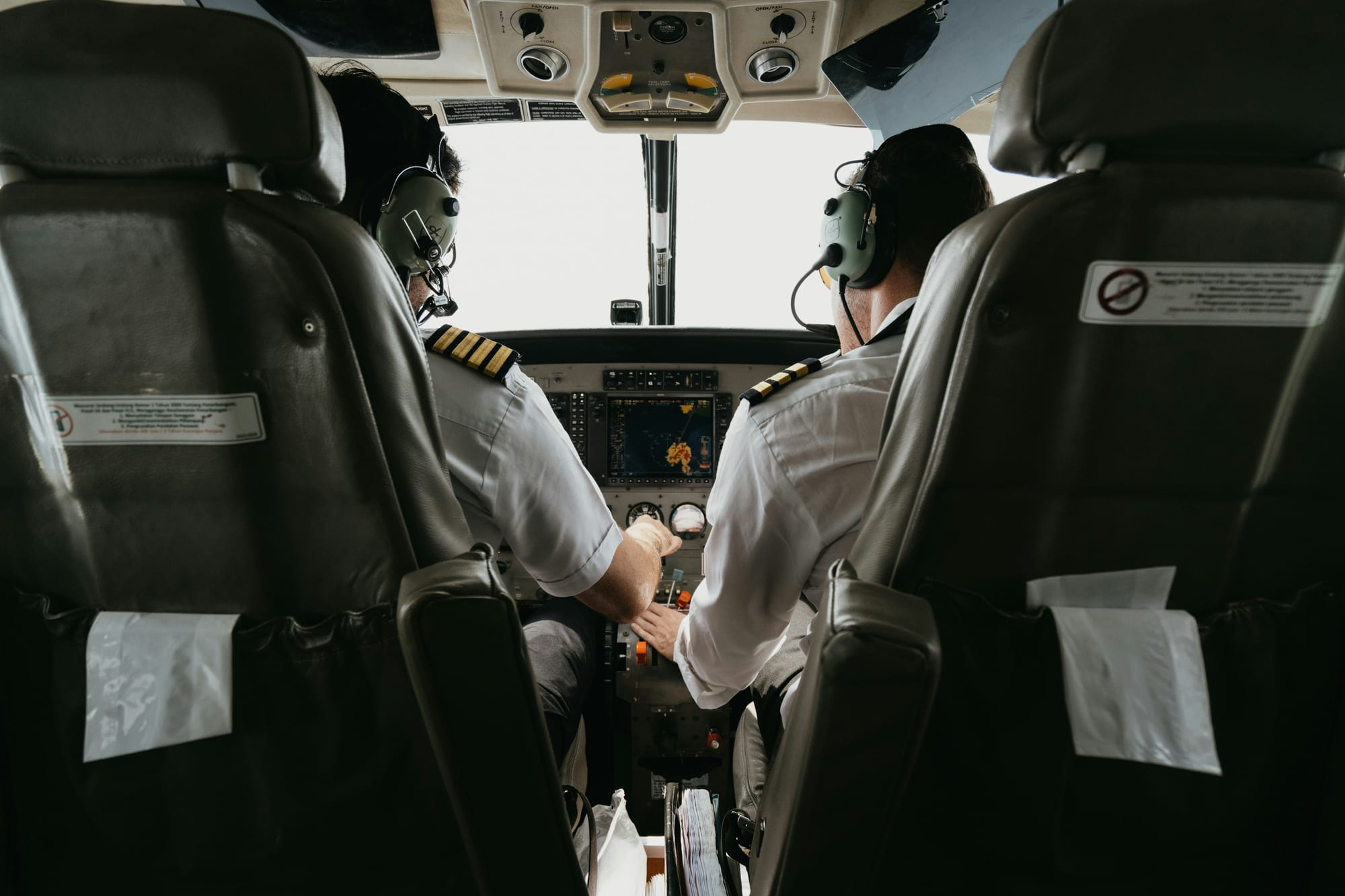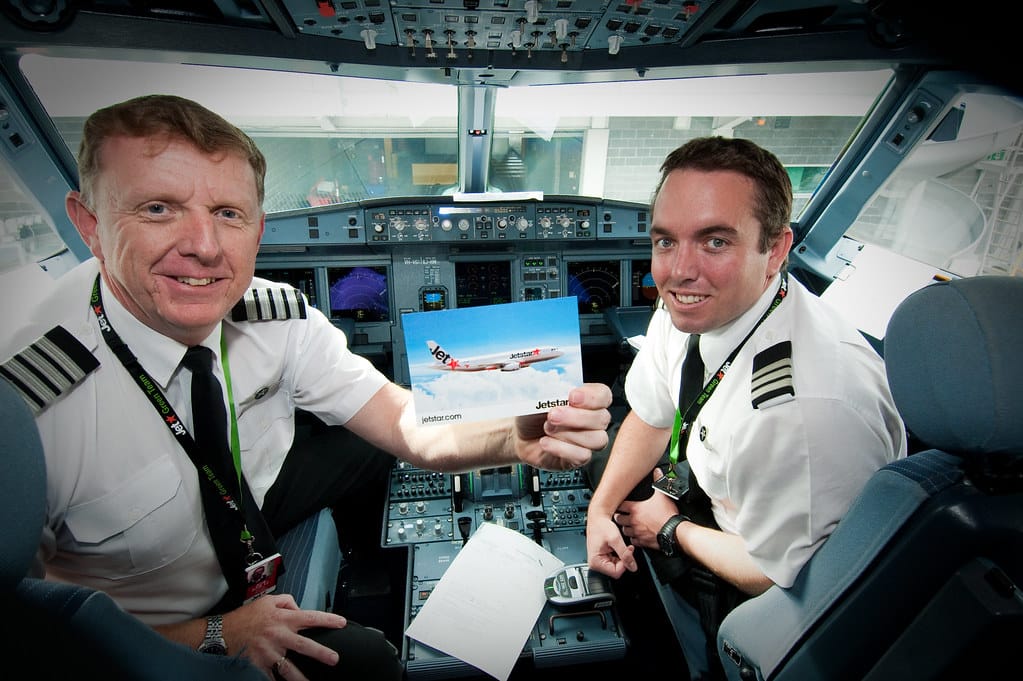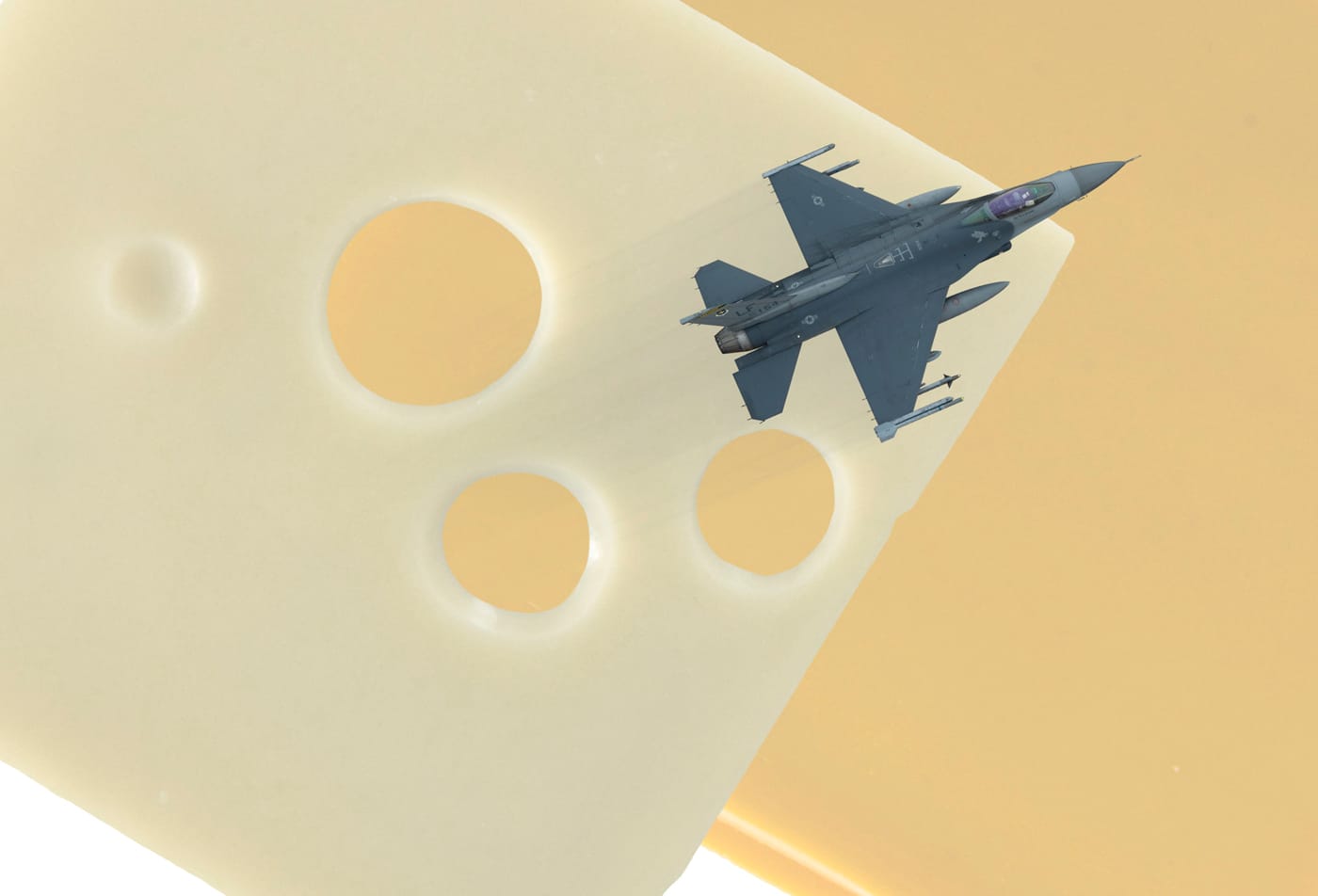The Future of 3 or 4 Engine Aircraft: A Reemergence or a Relic of the Past?
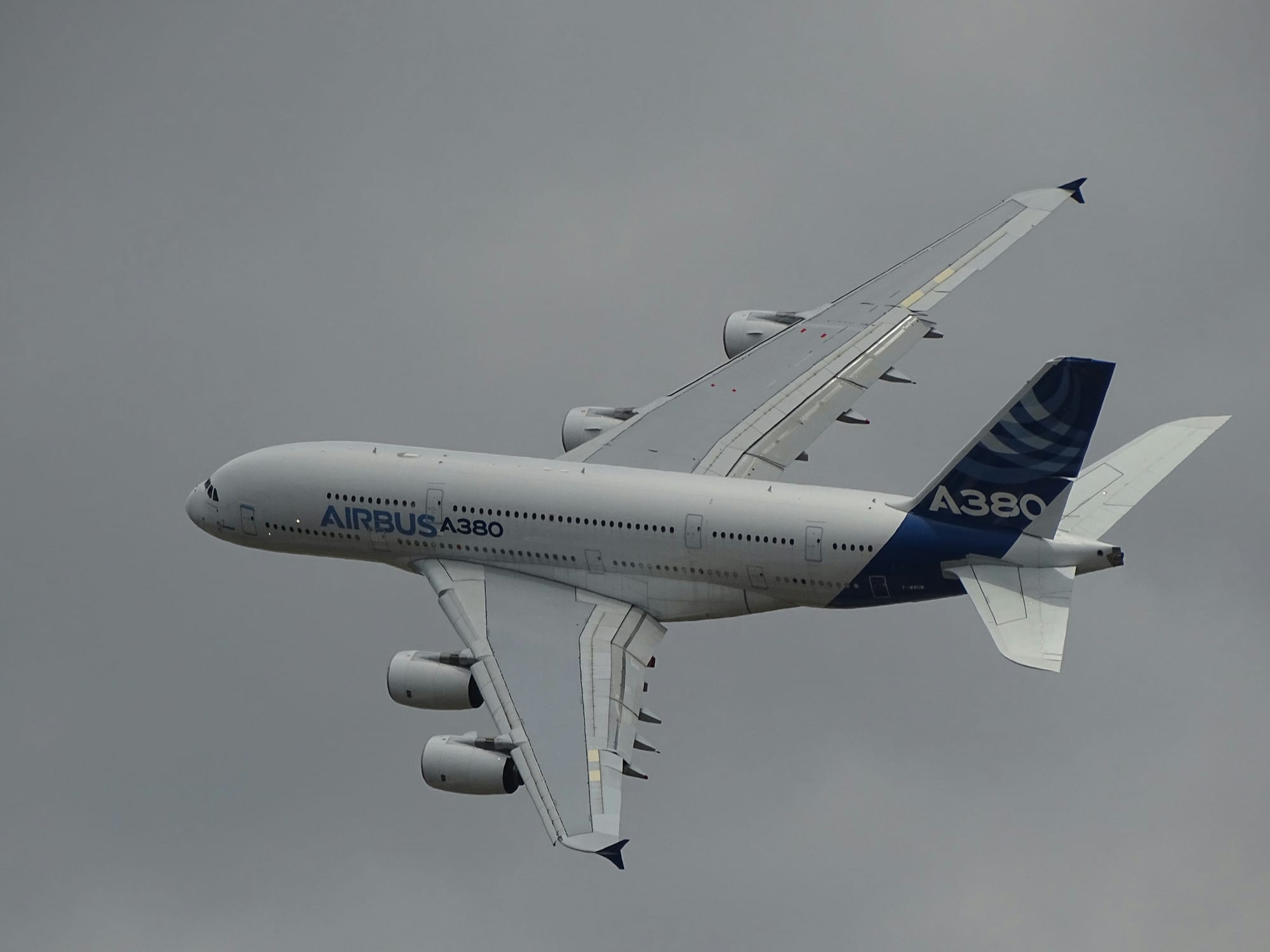
As aviation continues to evolve, the industry often turns its gaze toward the development of aircraft that will shape the future. One interesting question that arises is whether we will see a reemergence of three or four engine aircraft. These massive planes, once the hallmark of long-haul travel, have gradually been phased out in favor of more efficient twin-engine designs. However, a variety of factors could influence whether we return to multi-engine aircraft in the coming decades.
A Brief History of Multi-Engine Aircraft
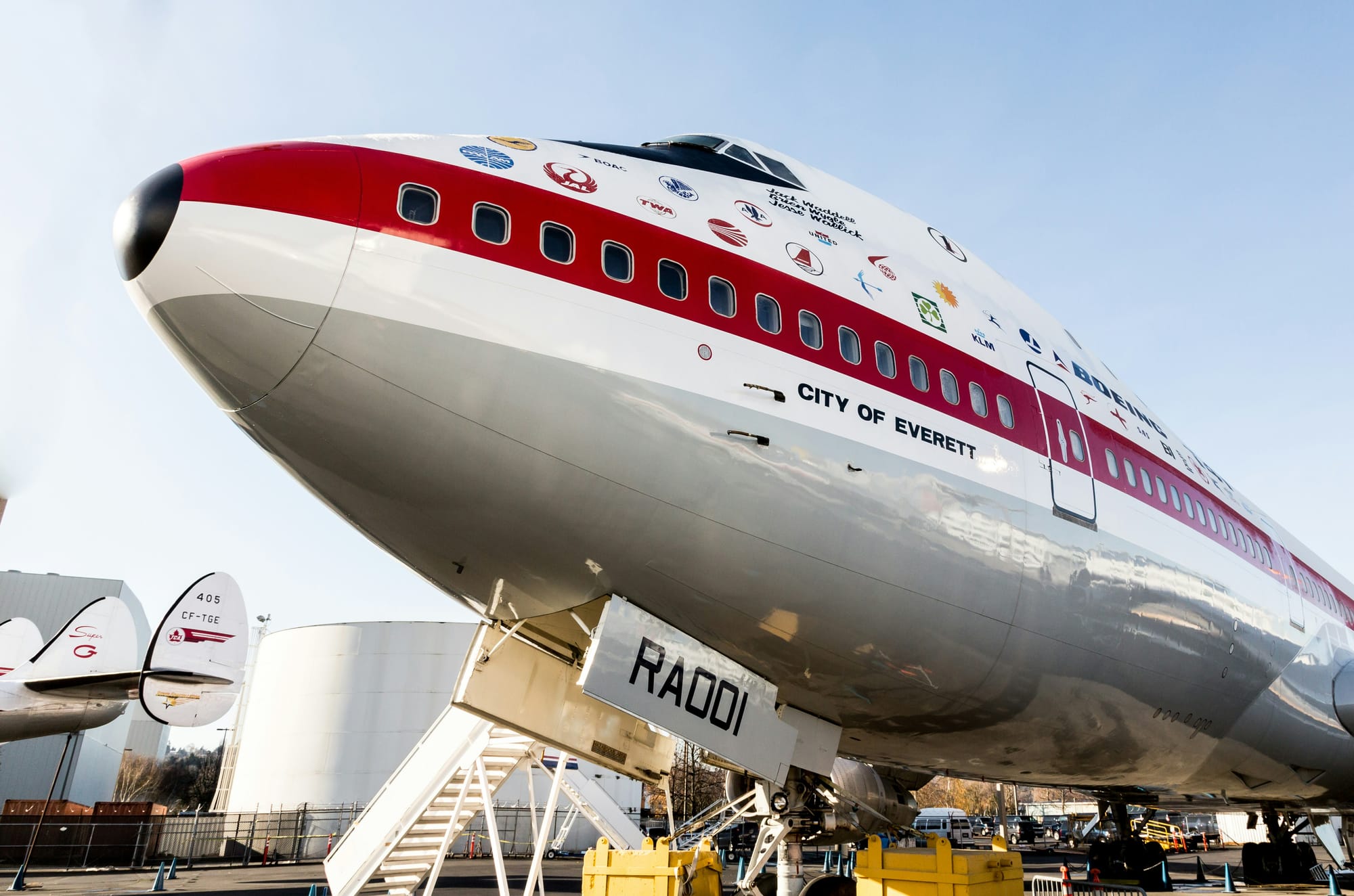
Historically, three and four engine aircraft were the go-to designs for long-haul flights. Planes like the Boeing 747, the Airbus A340, and the Lockheed L-1011 TriStar were among the most iconic of their time, offering the range and capacity needed for intercontinental travel. In these aircraft, multiple engines provided redundancy, which was a key factor for safety, especially during long-distance flights over oceans where diversions to alternate airports could be challenging.
However, the arrival of more advanced twin-engine aircraft, such as the Boeing 777 and the Airbus A350, changed the landscape of aviation. These newer models demonstrated that twin-engine planes could fly just as far, carry significant payloads, and, crucially, operate with greater fuel efficiency compared to their multi-engine counterparts. This shift was driven largely by improvements in engine technology, which made it possible for a twin-engine aircraft to fly safely over long distances.
The Advantages of Twin-Engine Aircraft
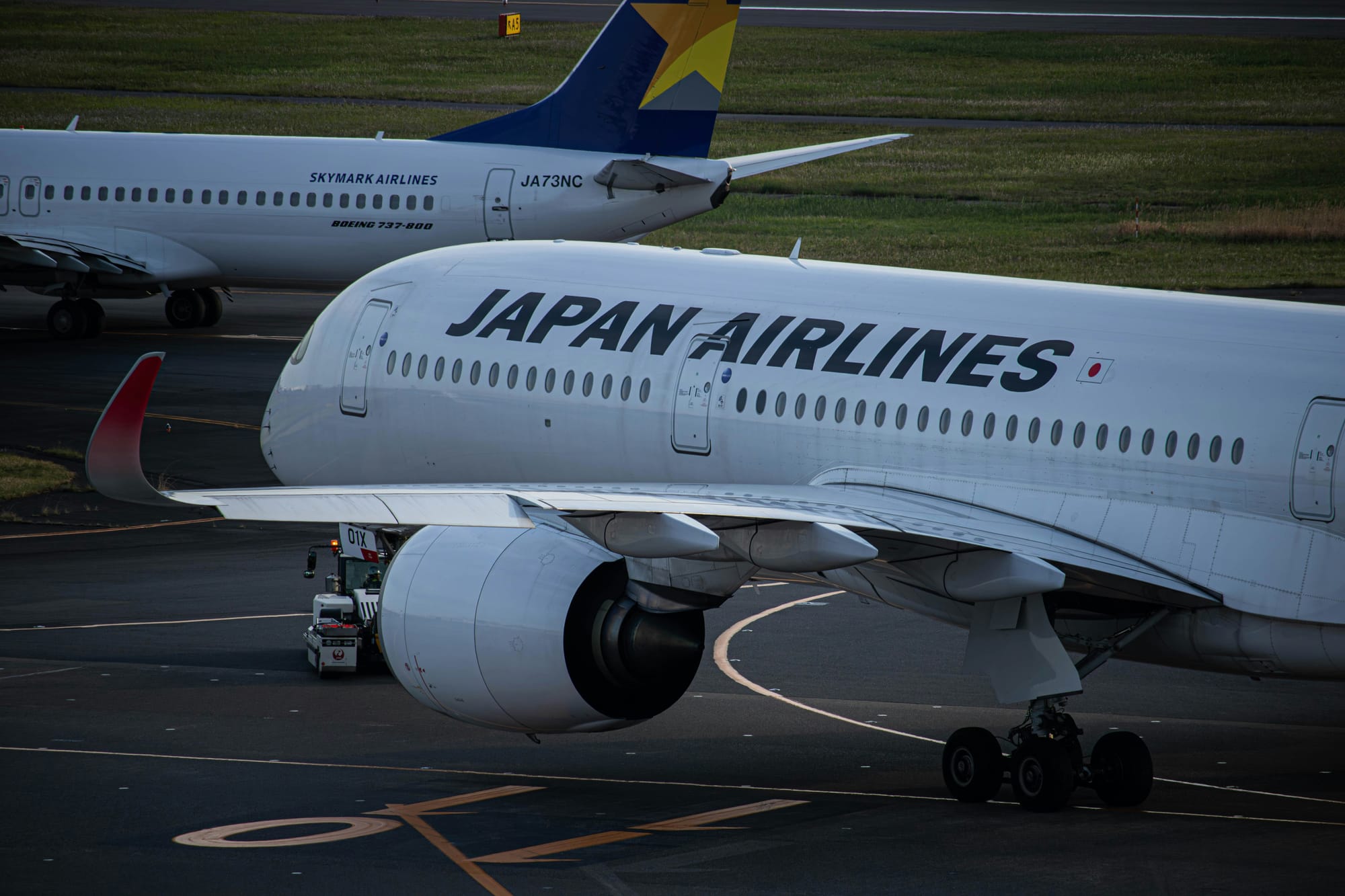
The efficiency of twin-engine aircraft cannot be overstated. With just two engines to maintain and fuel, operating costs are significantly lower. The reduction in fuel consumption is particularly important as the aviation industry grapples with increasing pressure to reduce its carbon footprint. Modern engines are also more reliable, and regulations have evolved to allow twin-engine planes to safely operate on long-haul routes, including transoceanic flights.
Moreover, advances in avionics, materials, and aerodynamic design have made modern twin-engine aircraft exceptionally safe. The increased reliability of engines, along with advancements in flight management systems, means that the safety net provided by additional engines is no longer a critical necessity in the same way it once was.
The Potential for a Reemergence of Multi-Engine Aircraft
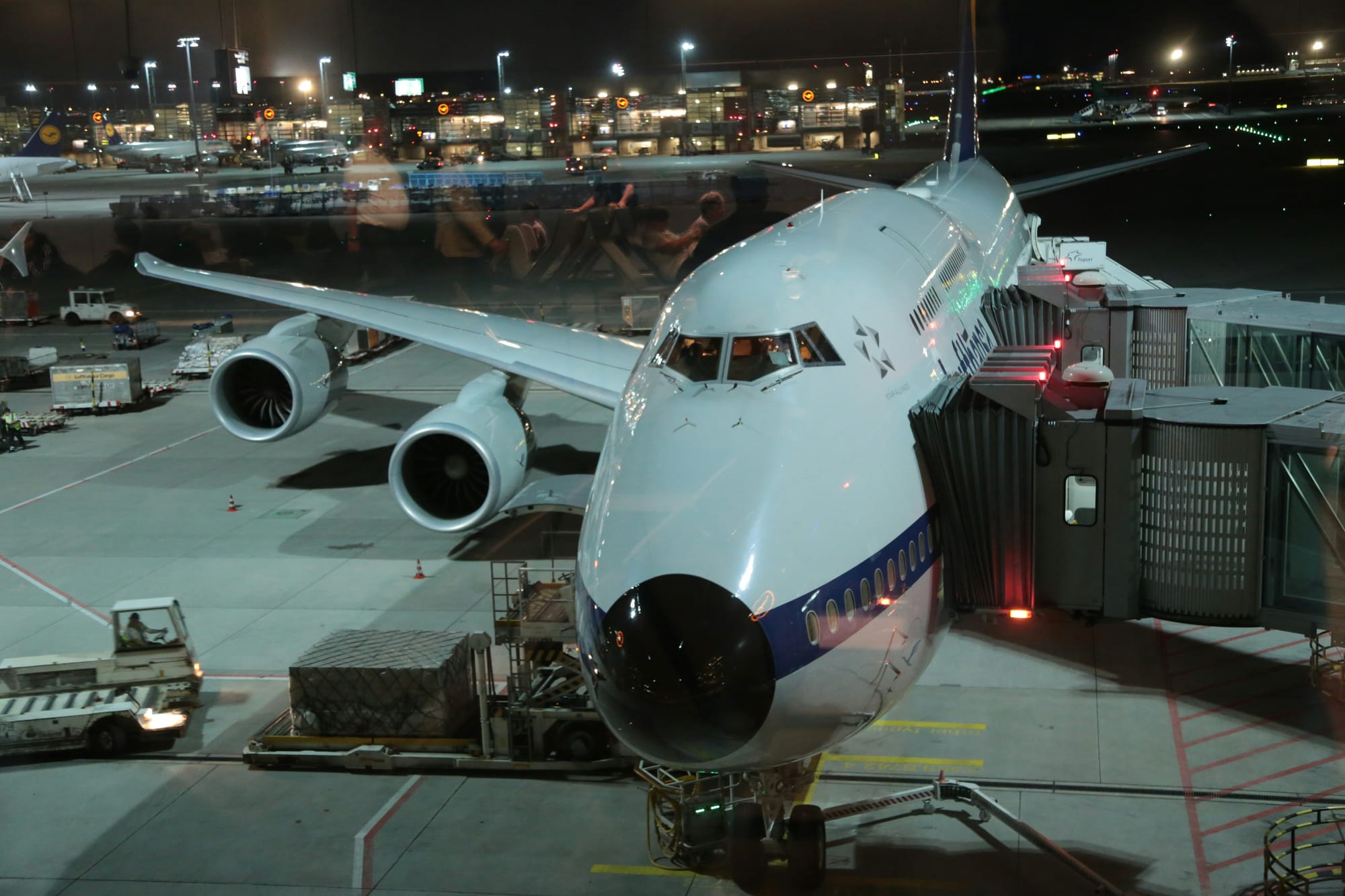
While the case for more than two-engine aircraft remains strong, there are scenarios in which we might see a reemergence of three or four engine aircraft, particularly for certain specialized applications.
- Long-Range, Heavy Payloads: Although twin-engine jets are capable of flying long distances, multi-engine aircraft still offer the ability to carry larger payloads or heavier cargo over very long distances. Specialized freight aircraft or ultra-long-haul passenger aircraft, where the need for additional power and redundancy could be critical, might lean toward four-engine designs.
- Technological Advances: As engine technology continues to evolve, it’s possible that future multi-engine aircraft could benefit from breakthroughs that make them more efficient, quieter, and environmentally friendly. This could make them viable options once again for certain niches in aviation where range, redundancy, and payload are of paramount importance.
- Passenger Preferences and Luxury Travel: There is also the possibility that certain luxury or exclusive flight experiences could see the reemergence of four-engine aircraft. Imagine a supremely high-end long-haul service where passengers demand more space, quieter cabins, and a truly premium experience. In such a context, a reimagined 3- or 4-engine aircraft could become a symbol of status and comfort.
- Hybrid and Electric Technologies: Looking further ahead, the development of hybrid or electric propulsion systems could shift the way we view multi-engine aircraft. With new propulsion technologies, it may make sense to have more engines for redundancy or efficiency in certain configurations. The transition to cleaner and more sustainable energy sources could open the door for designs that we cannot yet fully envision.
Final Thoughts
While the likelihood of a widespread return to three or four engine aircraft in the mainstream passenger aviation market is low, niche applications and technological advancements could provide a space for these aircraft to thrive. The aviation industry is known for its ability to adapt and innovate, and with growing concerns around sustainability and payload capacity, it is possible that multi-engine aircraft could make a comeback in specialized forms.
Ultimately, the future of aviation will likely continue to favor twin-engine aircraft due to their efficiency, lower operating costs, and technological advancements. However, the emergence of new technologies, market needs, and unique demands could very well create opportunities for the reemergence of larger, multi-engine aircraft in specific sectors of the aviation industry. The balance between innovation and tradition will likely continue to shape the skies for decades to come.


